Zientzia hedabideetan
-
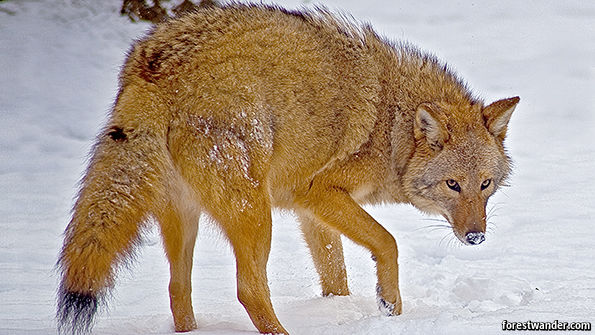
Greater than the sum of its parts
It is rare for a new animal species to emerge in front of scientists’ eyes. But this seems to be happening in eastern North America
-

Researchers Threatened a Robot With a Knife to See If Humans Cared
In a study published on Tuesday in the journal Scientific Reports, researchers present neurophysiological evidence that confirms humans feel empathy when they see a human-shaped robot hand get hurt, similar […]
-
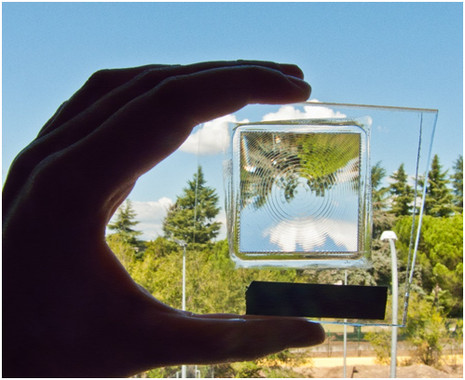
Una lente para optimizar la concentración fotovoltaica
Investigadores de la Universidad Politécnica de Madrid han patentado una lente que permite alcanzar una concentración de luz tres veces superior a la clásica lente de Fresnel y con menos […]
-
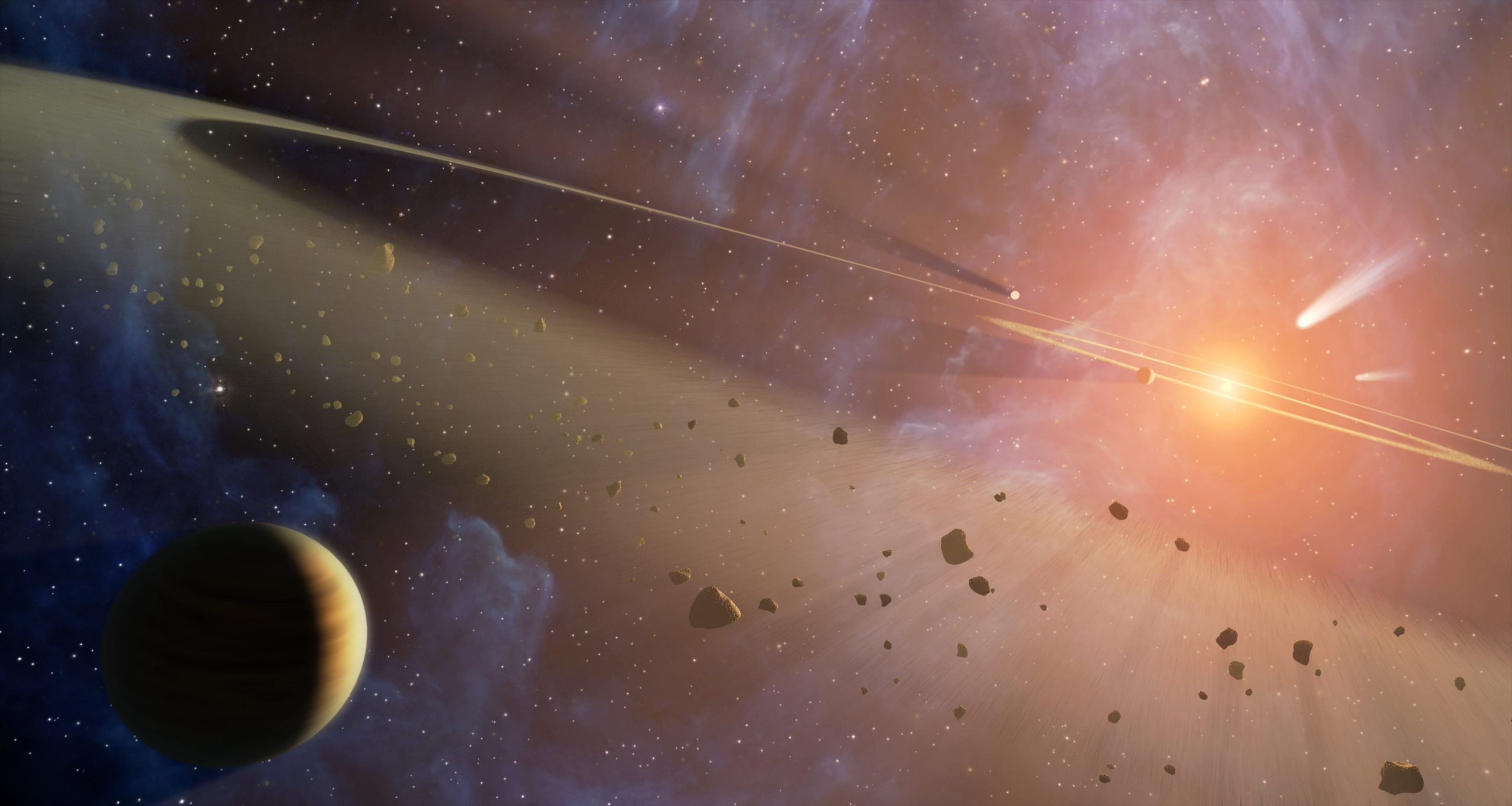
Disk Gaps Don’t Always Signal Planets
When astronomers study protoplanetary disks of gas and dust that surround young stars, they sometimes spot a dark gap like the Cassini division in Saturn’s rings. It has been suggested […]
-
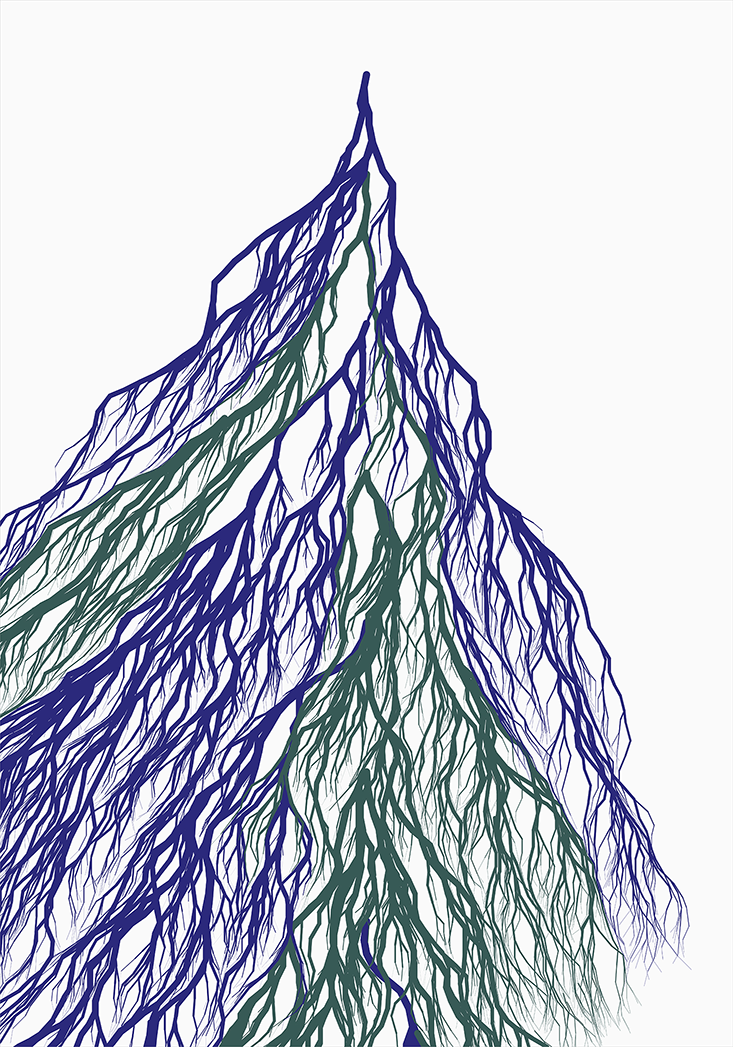
The Hidden Power Laws of Ecosystems
As nature scales, complexity gives way to universal law.
-

Las armas especiales que Rusia está probando en pleno combate en Siria
Sistemas de interferencia y aviones espía para la guerra electrónica, bombas de racimo antitanque, misiles guiados por satélite… es parte del avanzado arsenal que Rusia está probando en Siria
-

Recuerdos de una cabeza congelada
El caso de Kim Suozzi, una joven cuya cabeza ha sido criopreservada después de morir, ha desatado una intensa polémica entre científicos. Si un día consiguen reanimarla, ¿conservará sus recuerdos? El […]
-

El comunismo de los matemáticos
Terence Tao ha solucionado el problema de la discrepancia de Erdös trabajando a partir de los resultados de polymath5
-
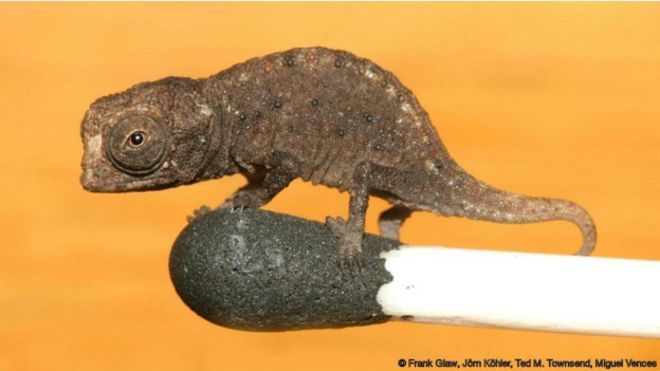
Por qué algunas especies de animales se vuelven diminutas
Desde mamuts enanos hasta lagartijas miniatura, muchos animales han evolucionado hasta tener cuerpos cada vez más pequeños.
